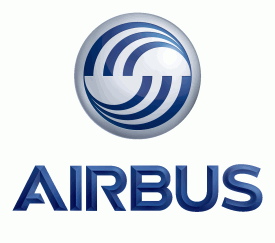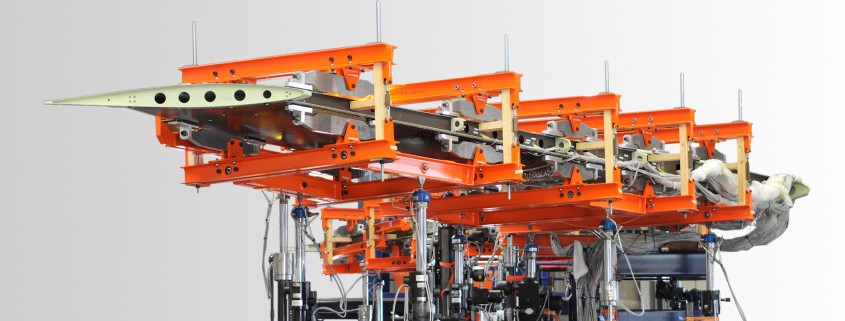 Yesterday, 20 January, Fokker and ten Cate signed on behalf of all Dutch consortium members the contract for the next stage of the Thermoplastic Affordable Primary Aircraft Structure innovation program (TAPAS) with Airbus.
Yesterday, 20 January, Fokker and ten Cate signed on behalf of all Dutch consortium members the contract for the next stage of the Thermoplastic Affordable Primary Aircraft Structure innovation program (TAPAS) with Airbus.
In the TAPAS consortium Dutch companies and knowledge institutes work together with Airbus on the development of thermoplastic composite applications in aircraft fuselages, wings and tail sections. The partnership with Airbus started in 2010 and, following the new extension, will run until end-2017. Apart from Fokker and Ten Cate the innovation partners within TAPAS from Dutch SME’s are Airborne Technology Centre, CoDeT, DTC, KE-Works, KVE and Technobis Fiber Technologies. The National Aerospace Laboratory (NLR), Delft University of Technology and the University of Twente are the Dutch knowledge partners in this innovation program.
Advanced material
Thermoplastic composites are advanced materials offering weight savings compared with traditional aircraft materials, together with benefits that include more efficient processing in production, lower costs of structural components and a high level of fire safety. These composites have high strength, light weight and contribute to the drive towards sustainable aviation, because the use of these materials allows constant reductions in aircraft weight to be achieved. As a result fuel consumption is reduced, the range of the aircraft is increased and higher payloads are possible. The target is to further increase the proportion of thermoplastic composites in current aircraft as well as in the new generation of aircraft.
The role of NLR
The NLR share in the TAPAS-2 contract is € 4.4 million and includes a number of elements among which the development of a fuselage part, an engine pylon and a wet box structure. The latter is a part of the horizontal tail plane which can contain fuel. NLR will also develop integrated design systems, enabling the design of composite structures. This incorporates geometries, cost analysis, weight distributions, weight analysis and workflows. Finally a full scale test on one of the elements fuselage, pylon or wet box will be performed.
NLR’s activities include the development and integration of skin parts, a window frame and a fuselage part. Structural Health Monitoring will also get its place in the process. The thermoplastics are made using the automatic fiber placement method. The fuselage part and the wet box are thin thermoplastics, the engine pylon thick thermoplastics. The wet box is made using fiber steering, because the fibers must be “deposited” in a complex geometry. Also calculation methods for this production technology will be developed. Furthermore it will be investigated if composites can be produced outside an autoclave.
Also visit our Composite manufacturing technologies capability page.


